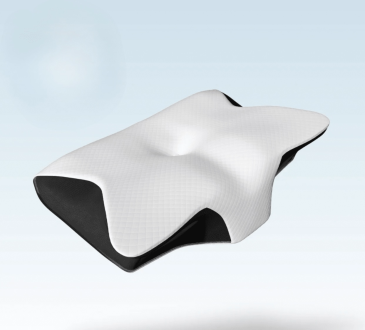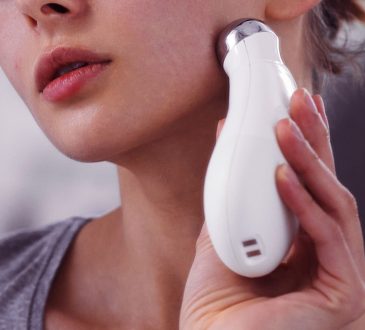
When you think of a classic manicure, you probably imagine soaking your hands in warm water before nail trimming and polish. That traditional version is known as a water-based manicure. But in recent years, the dry manicure has gained popularity especially among professionals and beauty experts.
So, what’s the difference between these two techniques, and which one is better for your nails? Let’s explore how each method works, their pros and cons, and why your choice may depend on your nail type and the result you’re aiming for.
1. What Is a Water-Based Manicure?
This is the traditional method used in most nail salons. It involves soaking your hands in warm water to soften the cuticles before trimming and pushing them back. The nails are then filed, shaped, and polished.
Key steps include:
- Hand soak in water
- Cuticle removal with softening
- Nail shaping and buffing
- Polish application
Pros:
- Soothing and relaxing
- Softens cuticles for easier trimming
- Widely available in salons
Cons:
- Excess moisture can cause the nail to expand, leading to premature chipping of polish
- Cuticles may regrow faster after aggressive trimming
- Not ideal for gel polish or long-lasting finishes
2. What Is a Dry Manicure?
A dry manicure skips the water soak entirely. Instead, it relies on electronic tools (like e-files) or dry cuticle removers to gently exfoliate and push back the cuticles. It’s a more modern, precise technique preferred for gel manicures and detailed nail work.
Key steps include:
- Dry cuticle care using electric files or cuticle softeners
- Nail shaping without soaking
- Gel or traditional polish application
Pros:
- Longer-lasting polish especially gel or shellac
- Less cuticle damage and over-trimming
- Ideal for weak or brittle nails
- Better for detailed nail art or French tips
Cons:
- May feel less “pampering” without the water soak
- Requires skilled technicians for optimal results
- Not always offered at basic salons
3. Which Manicure Lasts Longer?
When it comes to durability, the dry manicure usually wins—especially for gel polish. Because nails absorb water during soaking, they temporarily expand. When they dry, they contract again, often leading to chips or lifting polish prematurely.
By avoiding water, dry manicures help polish adhere more securely to the nail plate, resulting in longer-lasting results.
4. Which One Is Better for Nail Health?
Dry manicures are generally considered safer and gentler on your cuticles. The absence of soaking means less aggressive cuticle removal, which helps protect the nail bed from infections and irritation. They’re also better suited for people with soft, peeling, or damaged nails.
However, some people still prefer the traditional feel of a water-based manicure, especially for relaxation or occasional pampering.
5. Choosing the Right Option for You
Your ideal manicure depends on your goals. If you’re prepping for a big event and want lasting results, opt for a dry manicure. If you’re simply looking to unwind or maintain healthy nails on a budget, a water-based manicure may do the trick.
At salons that offer both techniques like a Salon Deauville manicure you can consult with professionals to decide which approach is best for your nail condition and lifestyle. Their trained technicians can tailor the process for sensitive cuticles, dry hands, or specific polish types, ensuring a personalized experience.
Conclusion
Both dry and water-based manicures have their place in the world of nail care. Dry manicures offer precision and longevity, especially for gel finishes, while water-based ones provide a soothing and familiar experience. Understanding the differences helps you choose the best treatment for your needs whether it’s long-lasting glam or simple self-care.





